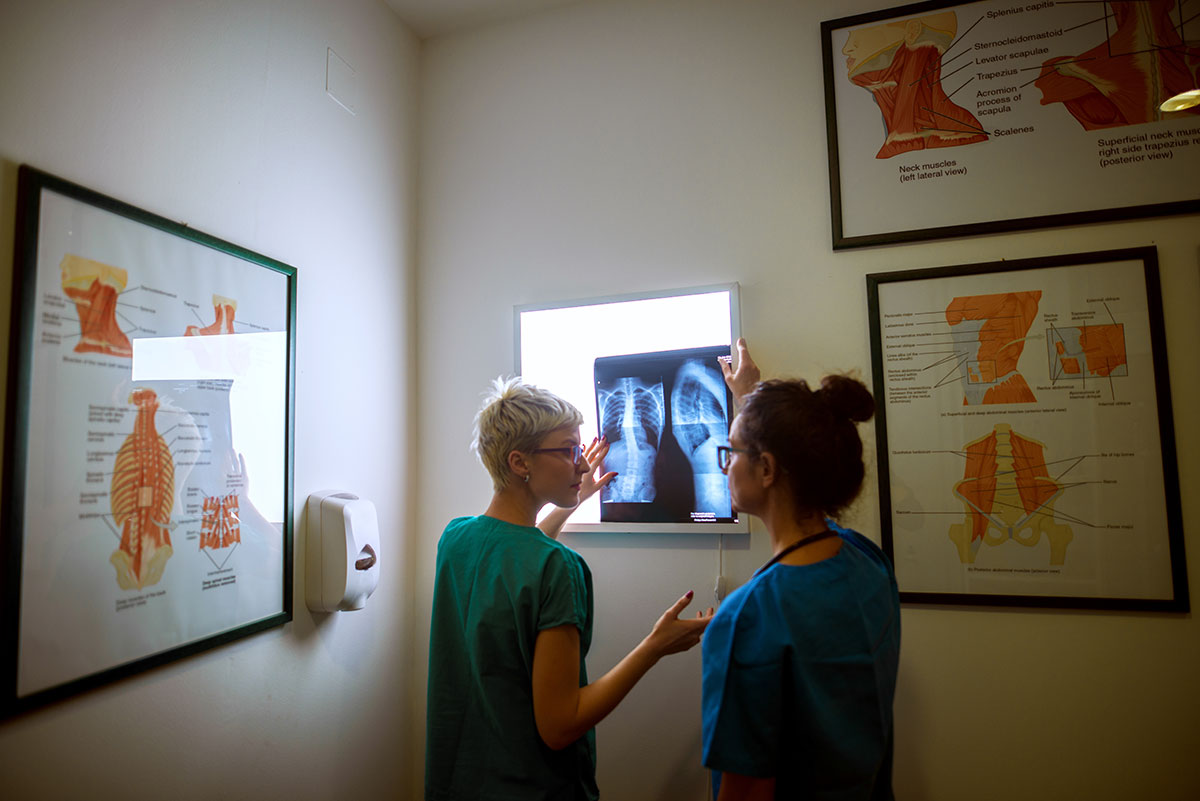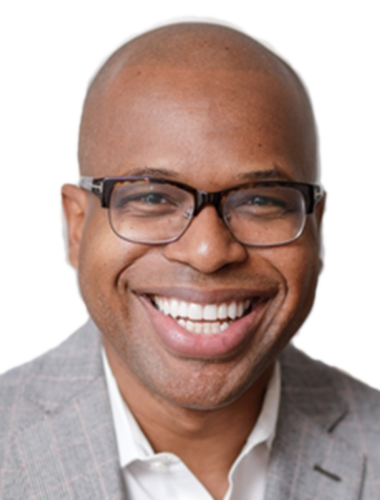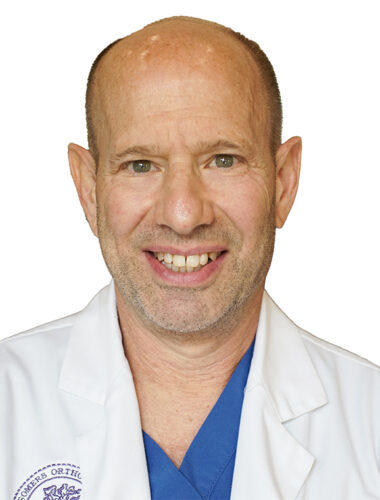Exceptional Spine Care & Surgery for Injured Workers and Accident Victims
When back pain or a spinal injury disrupts your life, our network of spine care & spine surgery doctors is here to help you get back on your feet. First, they focus on understanding your needs. Then, they work to restore your mobility with care that’s both personalized and compassionate.
Understanding Spine Care & Surgery: What is Spine Care & Surgery?
Spine care involves diagnosing, treating, and managing disorders affecting the spine, including the neck (cervical), mid-back (thoracic), and lower back (lumbar) regions. When treatments like physical therapy, medication, and lifestyle changes are not enough, spinal surgery may be necessary to correct issues, relieve pain, and restore function.
Why is Spine Care & Surgery Important?
Spinal issues can significantly impact your quality of life. Fortunately, experienced providers in the network offer treatment options that relieve chronic pain, improve mobility, and help prevent future problems. Moreover, their targeted treatments reduce pain, allowing you to move freely and comfortably engage in your favorite activities. In many cases, early and appropriate care not only addresses current discomfort but also prevents conditions from worsening, helping you enjoy a more active and fulfilling life. Ultimately, with our network of spine doctors, you can overcome spinal challenges and embrace a life without limitations.
Who Can Benefit from Spine Care?
Our network’s comprehensive spine care services benefit individuals with various spinal issues, including:
- Herniated Discs: Relief for discs that have slipped or ruptured, causing pain and nerve compression.
- Spinal Stenosis: Treatment for the narrowing of the spinal canal that puts pressure on the spinal cord and nerves.
- Degenerative Disc Disease: Management of the breakdown of spinal discs, leading to pain and reduced mobility.
- Scoliosis: Specialized care for abnormal curvature of the spine.
- Sciatica: Effective treatment for pain radiating along the sciatic nerve.
- Spinal Fractures: Care for breaks or cracks in the vertebrae.
- Cervical Spine Issues: Numbness, weakness, pain in the neck or upper discs
The providers in our network offer specialized spine care for those who have sustained spinal injuries from car accidents or work-related incidents, helping them recover and regain their quality of life.

Our Spine Care and Surgical Options
Our network & spine surgery surgeons offer a wide range of spine care treatments and surgical procedures, including:
- Minimally Invasive Spine Surgery (MISS): Techniques involving smaller incisions for faster recovery and less pain.
- Spinal Fusion Surgery: Joining two or more vertebrae to stabilize the spine and reduce pain.
- Discectomy: Removing herniated disc material pressing on a nerve root or the spinal cord.
- Laminectomy: Removing part of the vertebra called the lamina to relieve pressure on the spinal cord or nerves.
- Artificial Disc Replacement: Replacing a damaged spinal disc with an artificial one to maintain movement and flexibility.
- Spine Curvature Surgery: Procedures aimed at addressing abnormal spinal curvatures, such as scoliosis or kyphosis.
- Lumber Spine Surgery: Surgical approaches focusing on the lower back, often used to address disc issues, nerve compression, or structural concerns.
- Cervical Spine Surgery: Procedures that focus on the neck region of the spine, often used to address disc problems, nerve compression, or structural conditions.
Supporting Your Journey in Spine Surgery Recovery
The specialized providers we connect you with are your partners in recovery. They offer more than just medical care; they provide encouragement and support every step of the way. Their approach focuses on guiding you toward your goals, helping you regain confidence and enjoy a more active life.
The Role of Spine Care & Surgery in Your Health
Our network of providers ensures you receive the highest standard of care. They begin with a comprehensive diagnosis to fully understand your spinal condition, then develop a personalized treatment plan tailored to your specific needs. Whether through conservative management or surgical intervention, our directory of spine care & spine surgery centers is dedicated to supporting your recovery and helping you regain strength and mobility.
Why Choose Our Spine Care Team?
The team of providers includes spine surgeons, physical therapists, pain management specialists, and other healthcare professionals who work together to deliver integrated care. Moreover, they offer coordinated management of your spinal health needs, ensuring that every aspect of your treatment stays connected. The network of experienced minimally invasive spine surgeons specializes in cervical spine surgery, lumbar spine surgery, spine fusion surgery, and more. Consequently, the clinical teams at these supported spine care centers can address your specific needs directly. Furthermore, each physician customizes treatment plans around your unique spinal condition and health goals, providing continuous support from diagnosis through recovery.
Minimally invasive spine surgery may be suitable for individuals with conditions such as herniated discs, spinal stenosis, or degenerative disc disease, especially when non-surgical treatments have not provided relief. Therefore, MSR Pain and Injury connects you to specialists who can assess your condition and determine whether this approach is right for you.
The length of spine surgery can vary depending on the specific procedure being performed. In general, minimally invasive spine surgeries can take anywhere from 1 to 3 hours, while more complex surgeries may require longer. Your surgeon will provide a more accurate estimate based on your unique situation. We help connect you to specialists who will discuss the surgery’s specifics during your consultation.
While spine surgery, like any surgery, carries inherent risks, it is generally safe when performed by experienced surgeons. The potential benefits often outweigh the risks, especially when other treatments have not worked. MSR Pain and Injury connects you to trusted specialists who can provide more detailed information in spinal surgery based on your individual case.
Recovery time after spine surgery varies depending on the procedure and your overall health. For minimally invasive surgeries, many patients can return to normal activities within a few weeks, while more complex surgeries may require several months for full recovery. Your recovery plan will be tailored to your needs, and our specialists can guide you through the process to ensure the best possible outcome.


